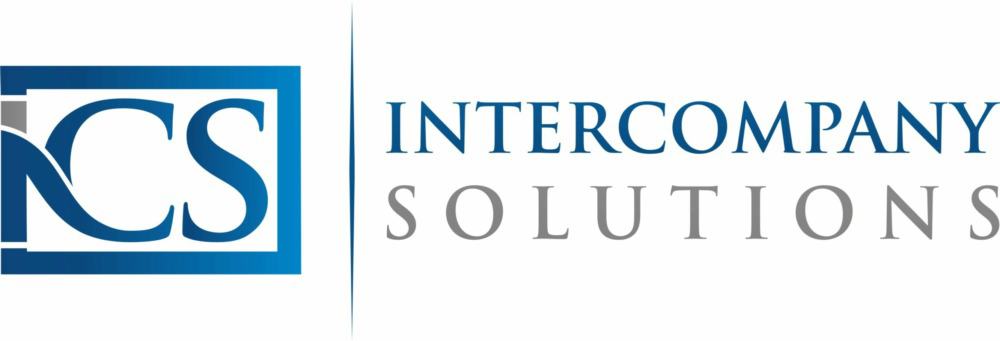
Open a STAK Structure in the Netherlands
Open a STAK Structure in the Netherlands
A STAK structure (Stichting Administratiekantoor in Dutch) is a type of Dutch Foundation available in the Netherlands. It is a voting trust foundation, but there are no shareholders or share capital, which makes the entity slightly different from other corporate structures.
To create a Dutch STAK foundation you must acquire a notarized deed written in the Dutch language. This deed will state the name of the foundation, the primary activity of the foundation, and the names of the directors, among other requirements. No government authority is involved in the creation of a STAK and it acquires full legal capacity solely through its creation.
Characteristics of the STAK Structure
A STAK foundation can be used to buy shares of other companies. The STAK must then issue exchangeable depositary receipts to the owner of the shares. The STAK thus enters into an agreement with the owner of the shares, transferring legal ownership of the shares to the STAK, while the original owner maintains economic ownership of the shares. In this way, the original owner of the shares (now the depositary receipt holder) will receive any dividends from the stock, even though he or she is no longer the legal owner of the shares.

The directors of a STAK are not usually liable for the debts of the foundation, though there are some exceptions to this rule. For instance, they can become liable if administrative procedures were not followed correctly.
A STAK structure can also acquire and manage assets in its own name. Then it can issue certificates to the directors attesting to the economic value of the foundation’s assets. These certificates are binding and enforced by contract.
The main regulatory document of a STAK structure is the trust conditions document. This establishes the legal relationship between the STAK and the depositary receipt holders. There is no one way to draft a trust conditions document since each STAK is formed for a different purpose. The only rule one must follow when drafting this document is that it must conform to Dutch contract law.
Benefits of the STAK Structure
The STAK structure was first created as a way to promote charitable or non-profit foundations. It has now become more well known as a legal form of asset protection. This is because the STAK structure separates legal and economic ownership of stock in other companies.
There are also tax benefits to forming a STAK. First, holding investments in a STAK is not considered a business activity, and a STAK is taken as transparent for country’s tax purposes. Therefore, it is not a subject to the Dutch corporate income tax. If the depositary receipt holders do not live or conduct business in the country, and their investment are not actually located in the country they would not be a subject of the Dutch tax liability on profits or capital gains.
The STAK structure limits disclosure of ownership since the STAK itself is the legal owner of shares. It can also function as an inheritance planning vehicle.
Media
Intercompany Solutions CEO Bjorn Wagemakers and client Brian Mckenzie are featured in a report for The National (CBC News) ‘Dutch Economy braces for the worst with Brexit’, in a visit to our notary public on 12 February 2019.




Contact us
If you would like to receive more information about the STAK or it’s possibilities, please contact our Dutch agents. Our incorporation agents can assist you in selecting the correct foundation or STAK structure for your needs.
You can also check find our article on starting a Dutch foundation. For more information on the other types of the Dutch foundation.
Similar Posts:
- Foreign multinational corporations & the Netherlands annual budget
- Tax treaty denounced between the Netherlands and Russia per January the 1st, 2022
- 5 Best EU Countries for Corporate Tax
- How Developed Countries Collect Taxes on Bitcoin
- Want to innovate in the green energy or clean tech sector? Start your business in the Netherlands





